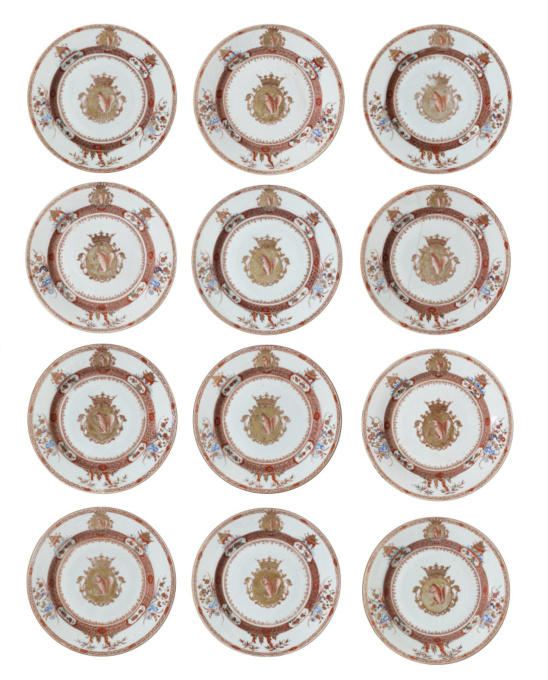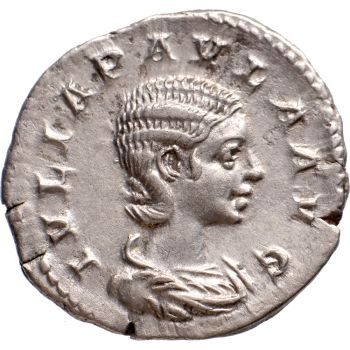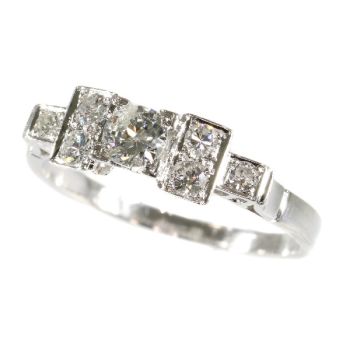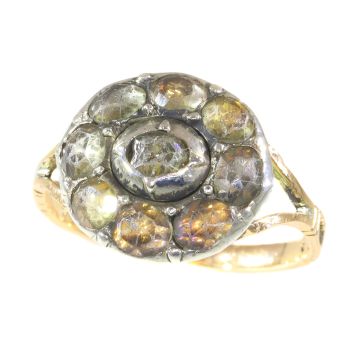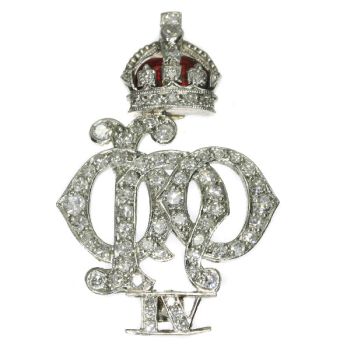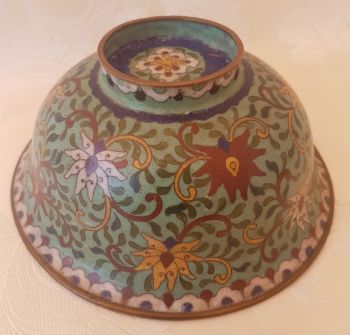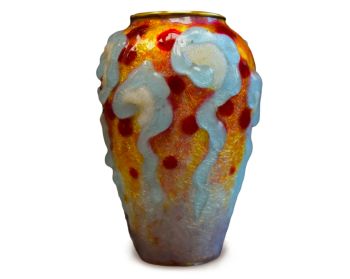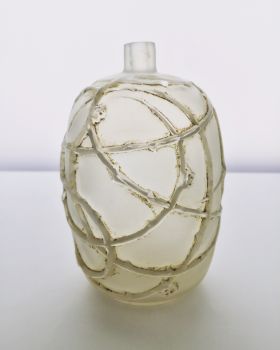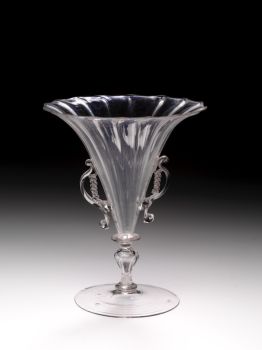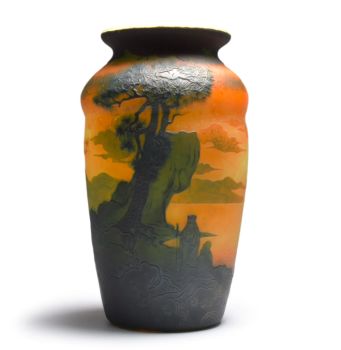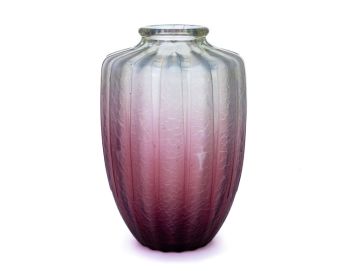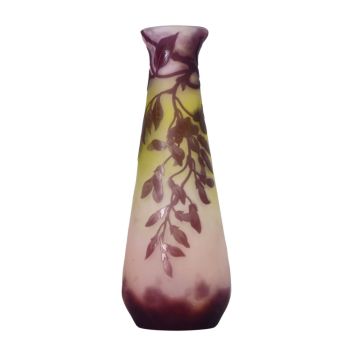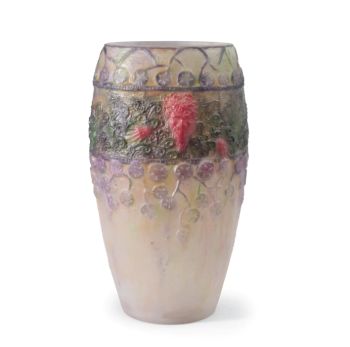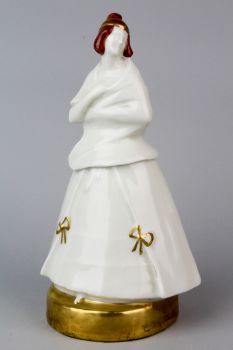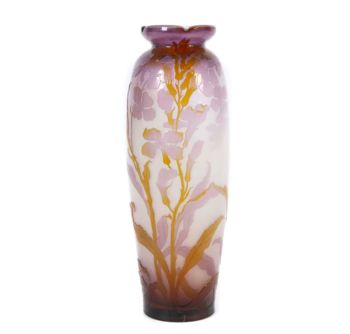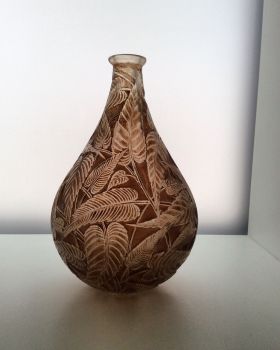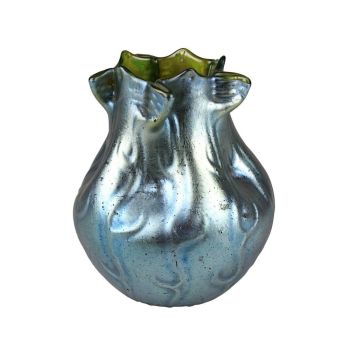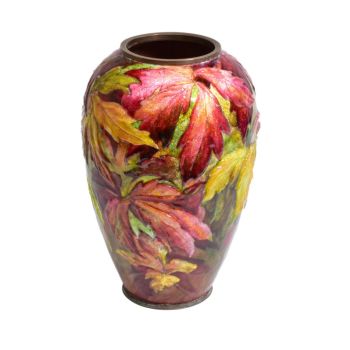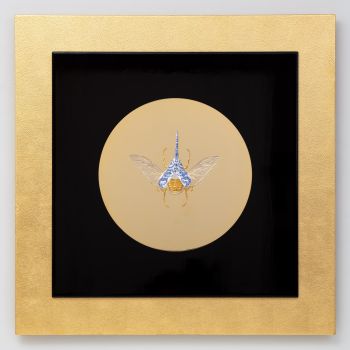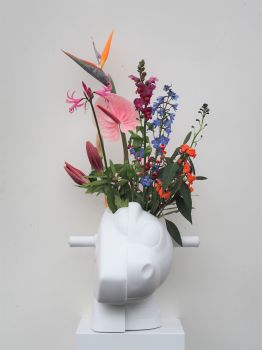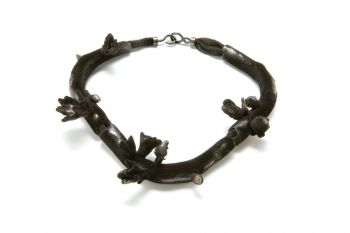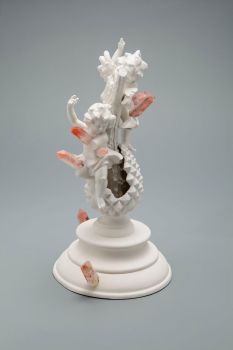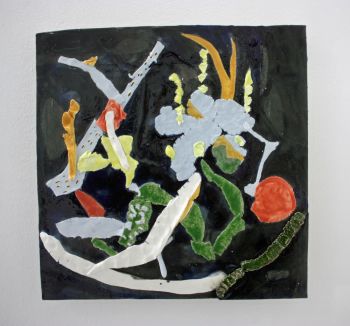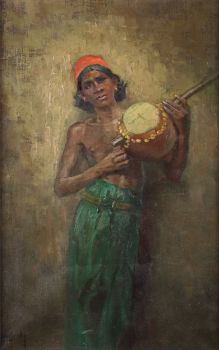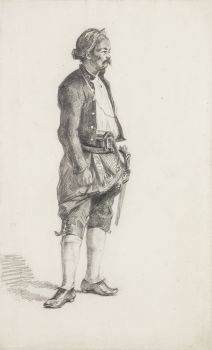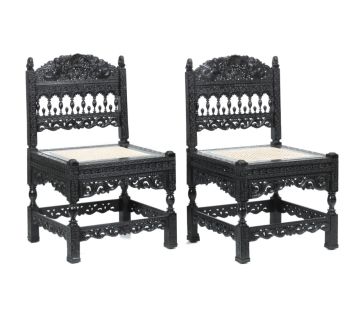A rare set of twelve Chinese export porcelain plates bearing the arms of Jan Albert Sichterman (1692 1730 - 1764
Artista Desconocido
Porcelana
ø 23 cm
Precio a consultar
Zebregs & Röell - Fine Art - Antiques
- Sobre la obra de arteA rare set of twelve Chinese export porcelain plates bearing the arms of Jan Albert Sichterman (1692-1764)
Qianlong period, circa 1730-1735
Each decorated in iron red, gold, brown, green, purple and blue, with in the center and upper rim, the Sichterman coat-of-arms of a red squirrel on a gold ground, nibbling at a green leaf, on an oval shield with a coronet on top.
Diam. 23 cm (each)
Jan Albert Sichterman (Groningen 1692 - 1764) commissioned this, and seven other dinner services, coffee and tea services and numerous other pieces of Chinese porcelain with his coat-of-arms. At 24, after a duel in which he wounded his opponent, Jan Albert had to flee the Netherlands. In 1716 he arrived in Batavia (Jakarta), and a year later, he was sent to Hooghly, the Dutch factory in Bengal. Here he made a splendid career, perhaps because in 1721 he married Sibylla Volkera Sadelijn (1699-1781), daughter of Jacob Sadelijn, Director of Bengal from 1727 till 1734. Jan Albert succeeded his father-in-law as Director of Bengal in 1734 till 1744, when he returned to Holland as commander and admiral of the return fleet, taking a large part of his armorial porcelain collection with him. Many pieces had already been sent to the Netherlands in advance.
In Bengal, Jan Albert was active in the cotton and silk trade for the VOC and also in very lucrative private trade and smuggling, which made him a fortune. After his death in 1764, his huge collection of porcelain, Japanese lacquer, exotica, oriental furniture, and numismatics, books, and 481 Dutch master paintings, including Rembrandt, Frans Hals, Jan Steen, Rubens and many other masters. The sale included about 750 lots of porcelain, in total over 4000 pieces, while he had given his three surviving children already a fair share of his porcelain collection. It is no wonder that Sichterman, who could design his own coat-of-arms as a nouveau riche, chose the ever-acorn-collecting squirrel to adorn his shield. - Sobre el artista
Puede suceder que un artista o creador sea desconocido.
Algunas obras no deben determinarse por quién está hecho o por (un grupo de) artesanos. Algunos ejemplos son estatuas de la Antigüedad, muebles, espejos o firmas que no son claras o legibles, pero también algunas obras no están firmadas en absoluto.
También puedes encontrar la siguiente descripción:
•"Atribuido a …." En su opinión, probablemente una obra del artista, al menos en parte.
•“Estudio de….” o “Taller de” En su opinión, una obra ejecutada en el estudio o taller del artista, posiblemente bajo su supervisión
•“Círculo de…” En su opinión, una obra del período del artista que muestra su influencia, estrechamente asociado con el artista pero no necesariamente su alumno.
•"Estilo de …." o “Seguidor de…”. En su opinión, una obra ejecutada al estilo del artista pero no necesariamente por un alumno; puede ser contemporáneo o casi contemporáneo
•"Manera de …." En su opinión una obra al estilo del artista pero de fecha posterior
•"Después …." En su opinión, una copia (de cualquier fecha) de una obra del artista
•“Firmado…”, “Fechado…” o “Inscrito” En su opinión, la obra ha sido firmada/fechada/inscrita por el artista. La adición de un signo de interrogación indica un elemento de duda.
•“Con firma…”, “Con fecha…”, “Con inscripción…” o “Lleva firma/fecha/inscripción” en su opinión la firma/fecha/inscripción ha sido añadida por alguien que no es el artista
¿Está interesado en comprar esta obra de arte?
Artwork details
Related artworks
- 1 - 4 / 12
Artista Desconocido
Series of 6 Chinese cups and saucers (Yongzheng period)1722 - 1735
Precio a consultarKuipers Kunst & Antiek
1 - 4 / 11René Lalique
Un jarrón temprano 'Bluets' diseñado por Rene Lalique (1860-1945)1910 - 1920
Precio a consultarLennart Booij Fine Art and Rare Items
Artista Desconocido
Vidrio alado veneciano1550 - 1599
Precio a consultarPeter Korf de Gidts - Antiquairs
1 - 4 / 24Samuel Dejong
Anatomia Blue heritage II Goliath Beetle closed BGG2019
Precio a consultarVilla del Arte Galleries
Artista Desconocido
Series of 6 Chinese cups and saucers (Yongzheng period)1722 - 1735
Precio a consultarKuipers Kunst & Antiek
Samuel Dejong
Anatomia Blue Heritage, Hercules Open2017 - 2019
Precio a consultarVilla del Arte Galleries
 curada por
curada porGallerease Magazine
1 - 4 / 24HUGO VILFRED VON PEDERSEN
Gadesanger fra Singapore (Musician from Singapore)1870 - 1959
Precio a consultarZebregs & Röell - Fine Art - Antiques
Artista Desconocido
Dos retratos de estudio de Mas Marco Kartodikromo1900 - 1950
Precio a consultarZebregs & Röell - Fine Art - Antiques
Paulus Franciscus Kromjong
Flores frente a Arearea Aka (alegría) por Gauguin '20th century
Precio a consultarZebregs & Röell - Fine Art - Antiques
Artista Desconocido
A rare Japanese export lacquer medical instrument box1650 - 1700
Precio a consultarZebregs & Röell - Fine Art - Antiques
Artista Desconocido
UN MODELO JAPONÉS DE UN NORIMONO, UN PALANQUÍN1650 - 1700
Precio a consultarZebregs & Röell - Fine Art - Antiques
1 - 4 / 12

